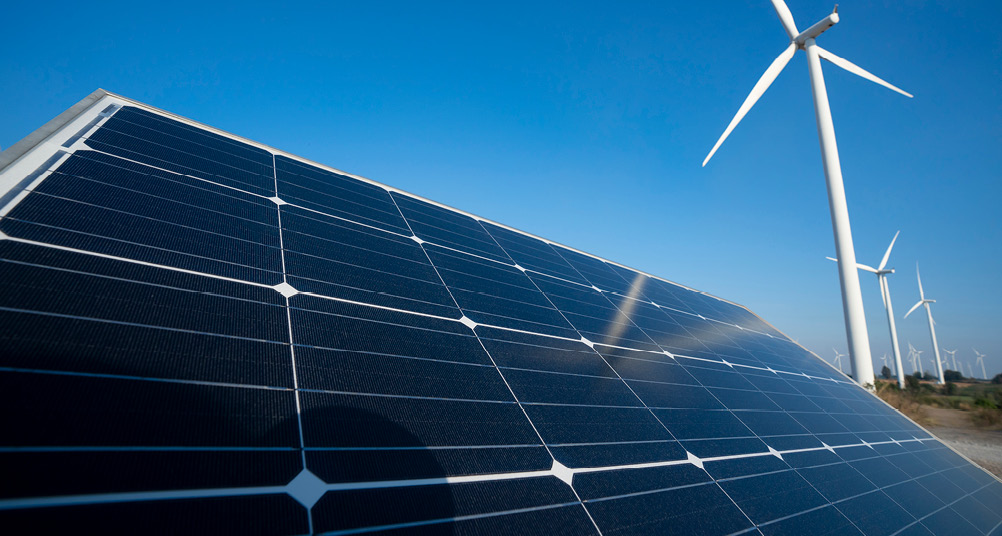
New York’s Clean Energy Fund (CEF), established in 2016 to help New York reach its clean energy goals, has made good progress on reaching its goals for distributed solar capacity and leveraged funds, but is behind in meeting its energy efficiency targets for 2025, according to a report from New York State Comptroller Thomas P. DiNapoli. Since 2016, the CEF spent $3.4 billion through 2023 and has achieved 45% of its total efficiency goals.
“The Clean Energy Fund has made good progress on reaching its solar energy goals, but crucial energy efficiency programs have underperformed,” DiNapoli said. “It is important for the state’s climate goals that these funds are used effectively to achieve the best outcome for New York’s energy consumers.”
The CEF, authorized by the New York State Public Service Commission (PSC) to promote the use and development of clean energy resources, is administered by the New York State Energy Research and Development Authority (NYSERDA) and aims to reduce greenhouse gas emissions, create a more affordable and resilient energy system and attract private investment. The PSC provides funding for the CEF through surcharges on customers’ utility bills. Ratepayers are expected to contribute nearly $7.5 billion from 2016-2032.
CEF program areas that receive funding from ratepayers include:
- Market Development which consists of initiatives focused on generating energy savings and other clean energy benefits.
- NY-Sun which works to increase solar power capacity.
- NY Green Bank which finances clean energy projects.
- Innovation & Research which helps bring clean energy products to market.
Through 2023, NYSERDA has reported that its implementation of these programs has achieved 45% of its 2025 goal for total efficiency savings, 46% of its 2025 natural gas efficiency goals and 33% of electric efficiency goals. Distributed solar has achieved 89.1% of its goals and attracted $20 billion in private investment.
Market Development Program (MDP)
The MDP has contributed over 80% of CEF’s energy efficiency savings to date but has underspent on several initiatives to decarbonize multifamily housing for low-to moderate-income New Yorkers and lower energy consumption and energy bills. It has, however, exceeded its budget for work to promote the construction of efficient and affordable new homes.
Stepping up performance of programs to achieve electric efficiency and electrification of buildings is crucial to the state’s clean energy goals. To reach reductions in building emissions, the PSC has said New York would have to retrofit 200,000 buildings a year, ten times the current rate of about 20,000 per year.
NY-Sun, NY Green Bank, and Innovation and Research Programs
The NY-Sun, NY Green Bank and Innovation & Research programs have made progress toward their energy savings goals. NYSERDA reported that if committed projects are counted, the NY-Sun program reaches 150% of its 2025 distributed solar goal.
The NY Green Bank, intended to accelerate deployment of clean energy by removing barriers in financing markets by partnering with private sector entities, has committed over $2 billion in clean energy finance, with an annual investment target of $225 million, attracting private capital investment of $5.5 billion in clean energy projects in New York.
Outlook
DiNapoli’s report recommends NYSERDA ramp up performance of programs to achieve electric efficiency and electrification of buildings and take steps to meet its goals for natural gas and other fuel savings. It also recommends the PSC and NYSERDA review the MDP’s program initiatives to focus on investment in the areas that deliver the most successful results in advancing the state’s clean energy goals.





